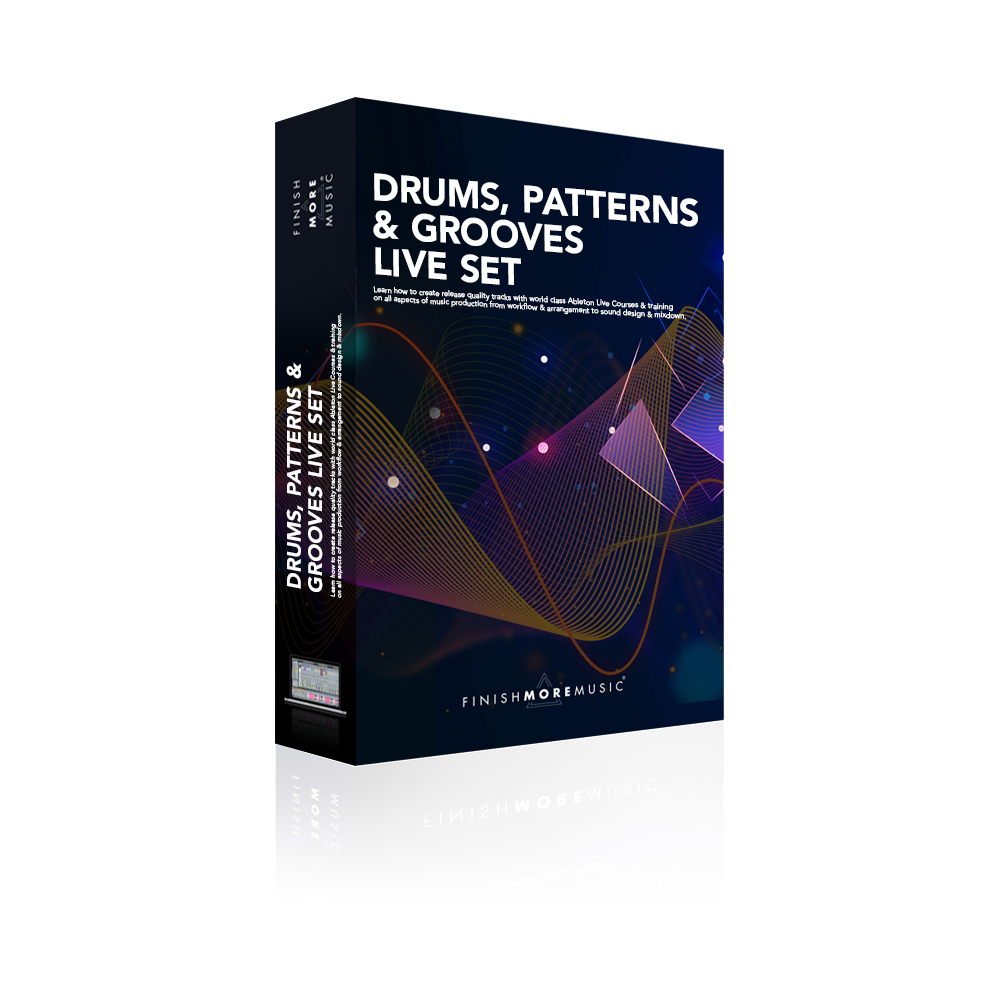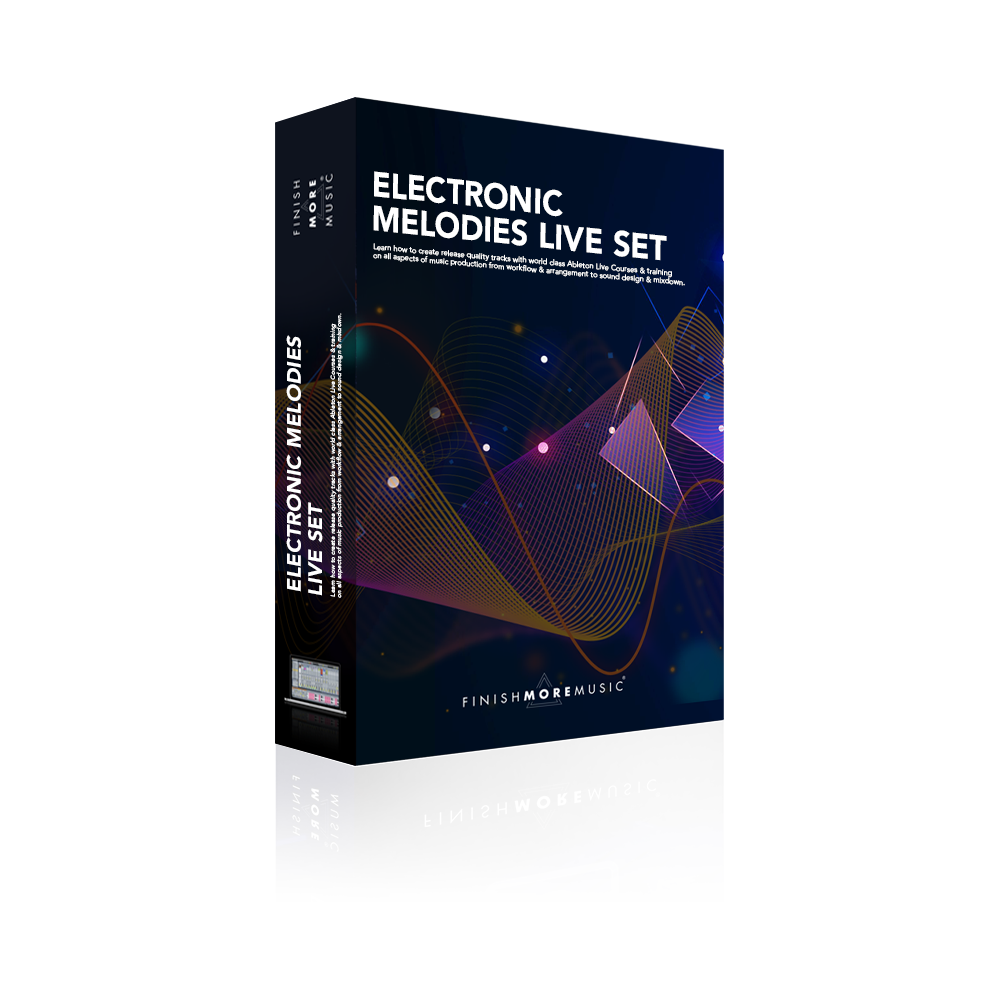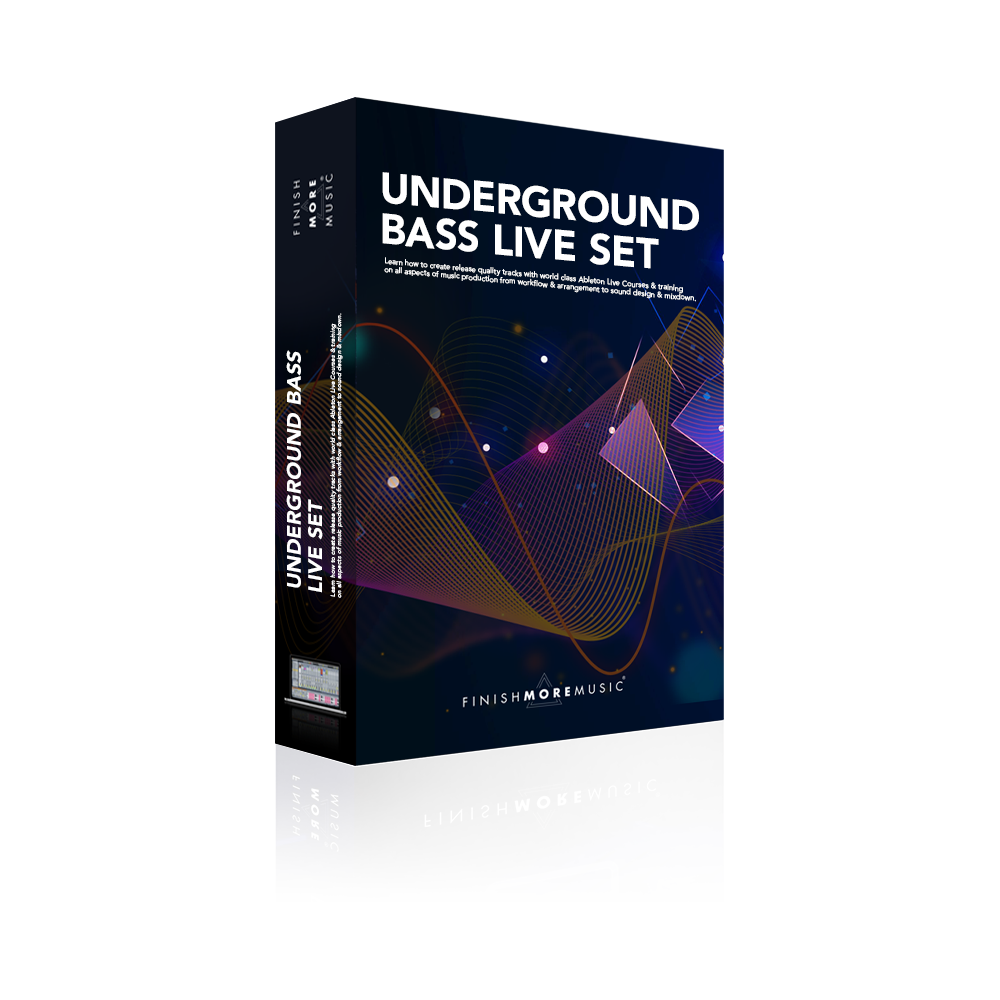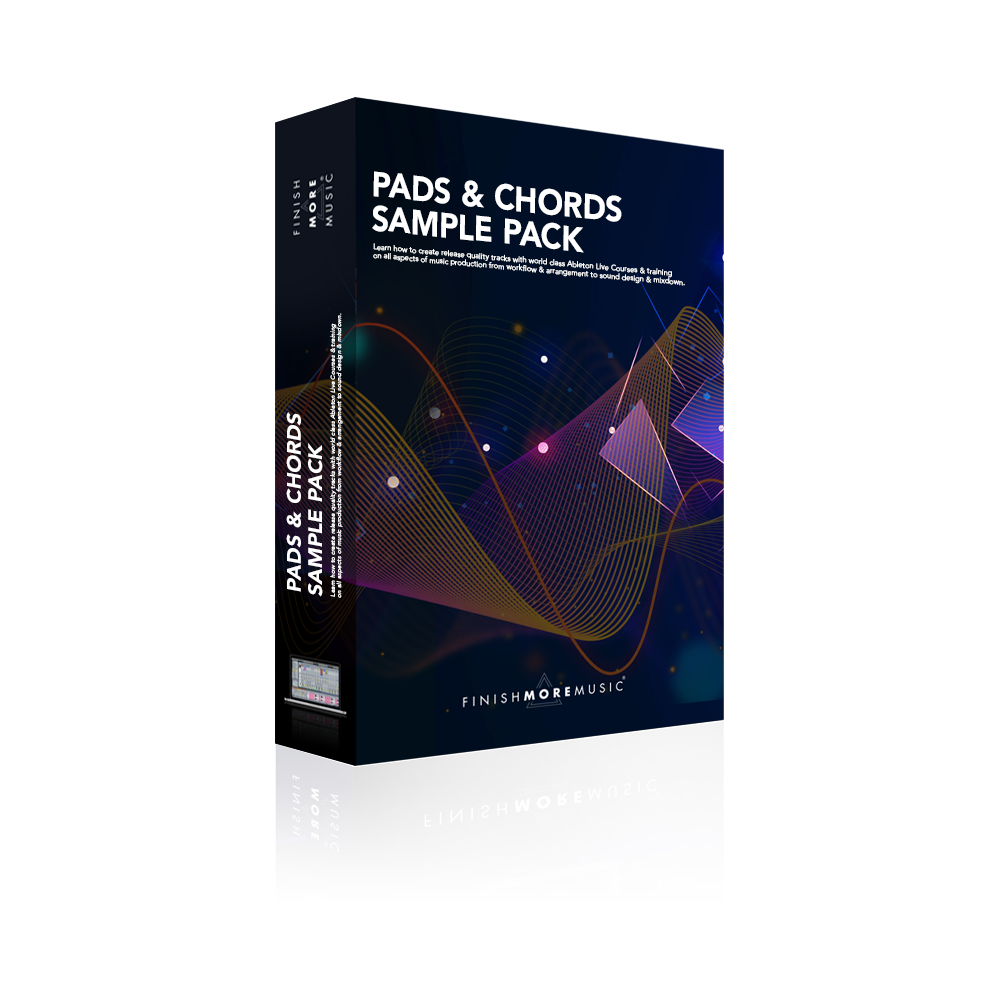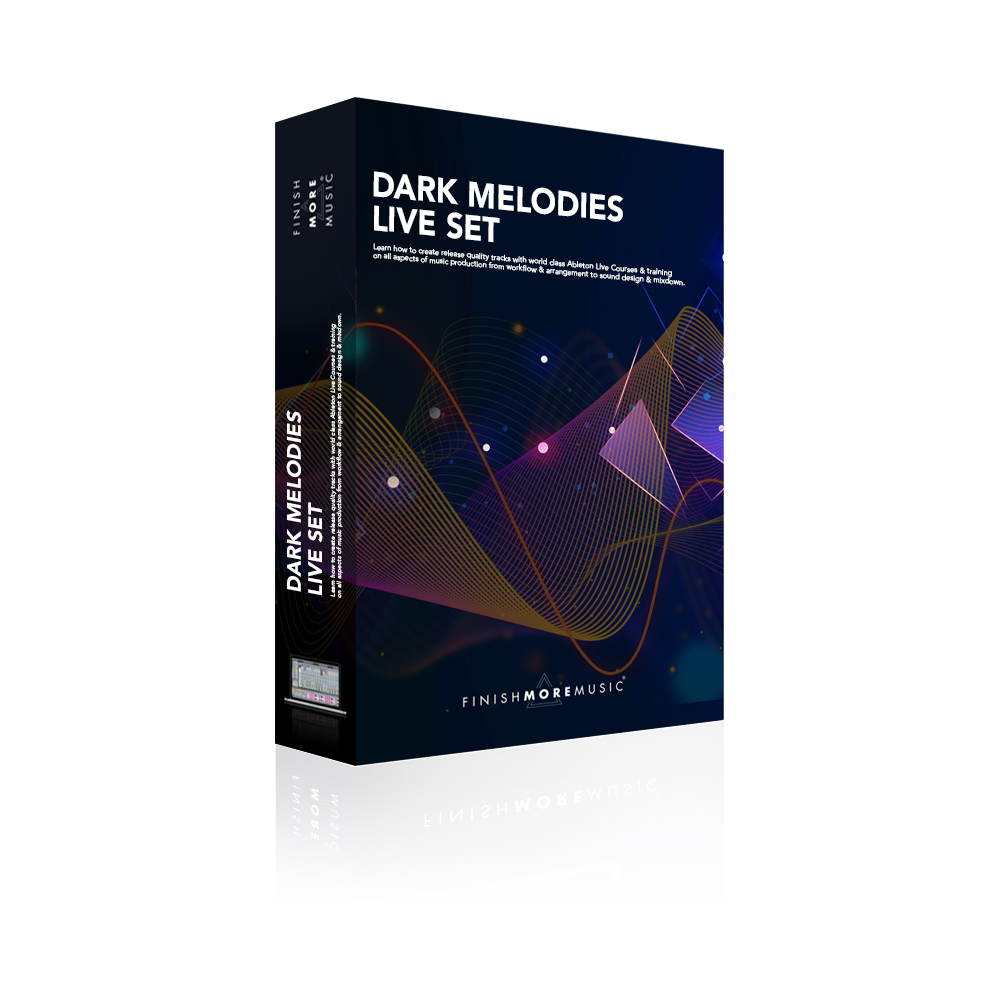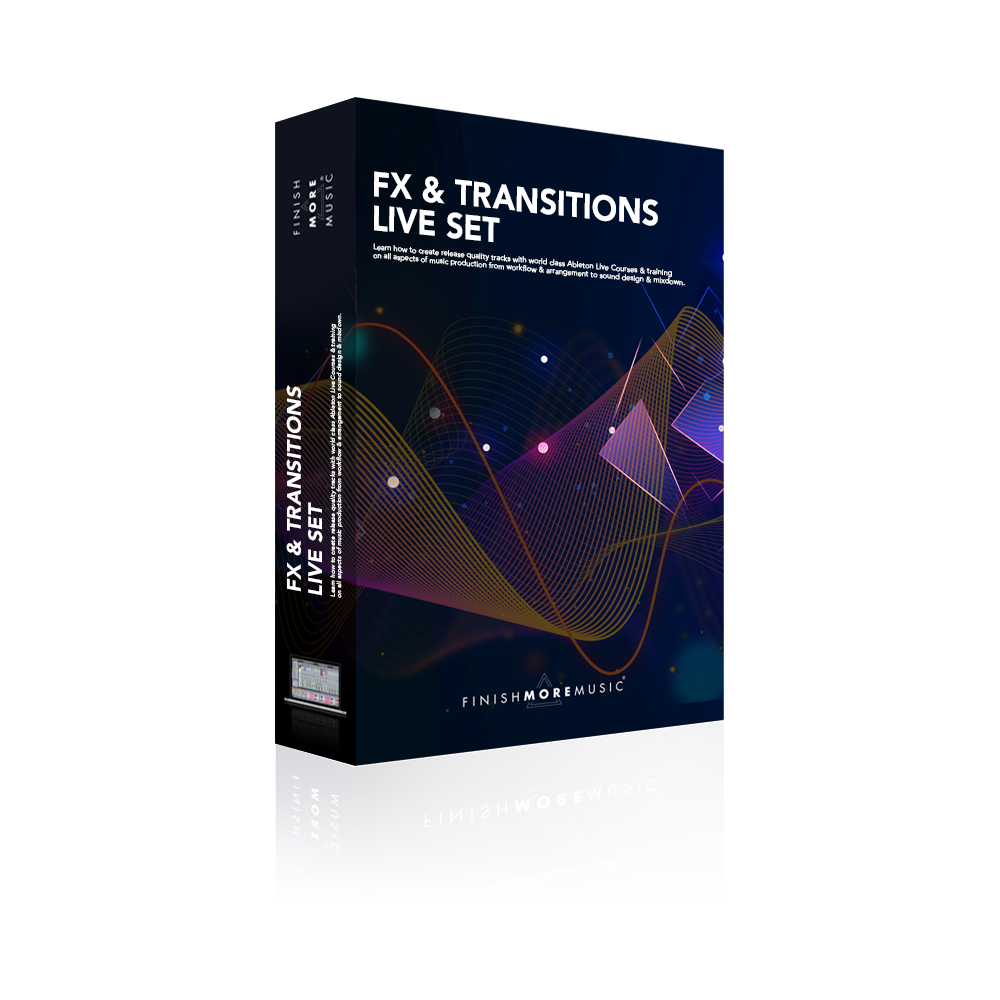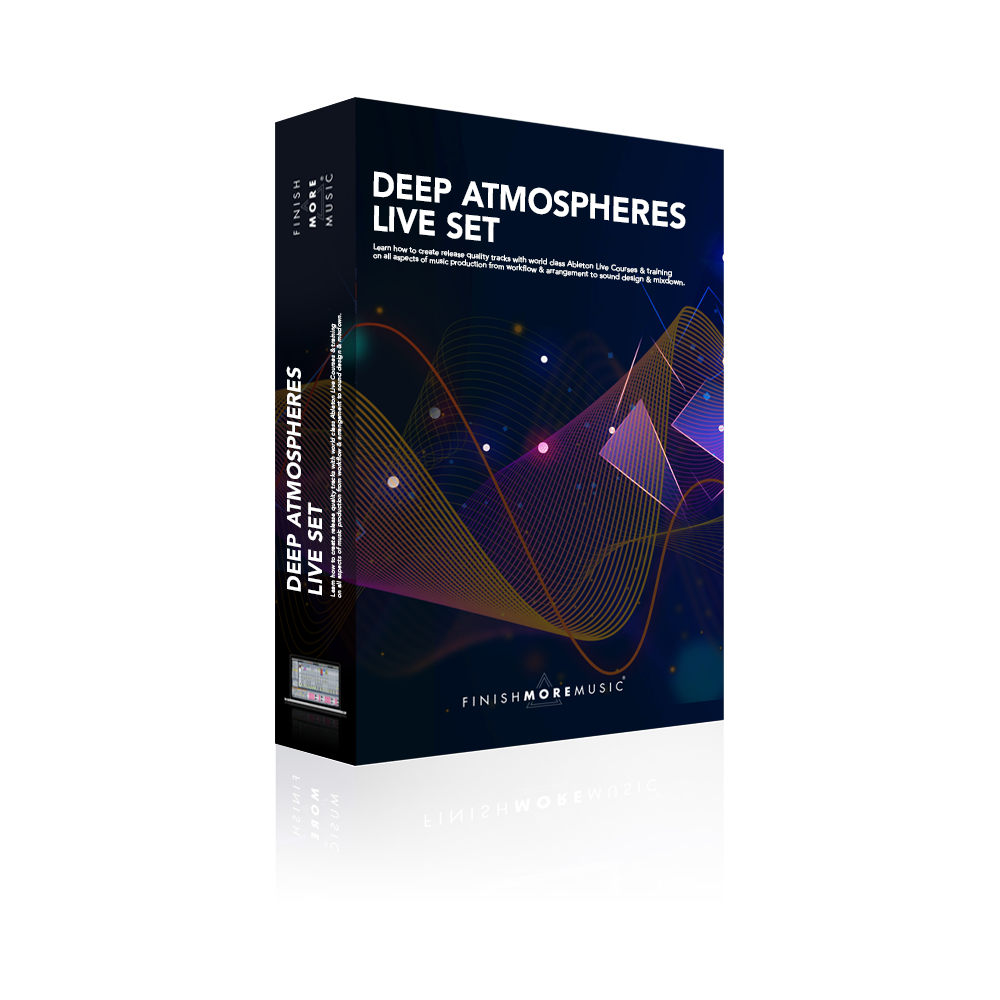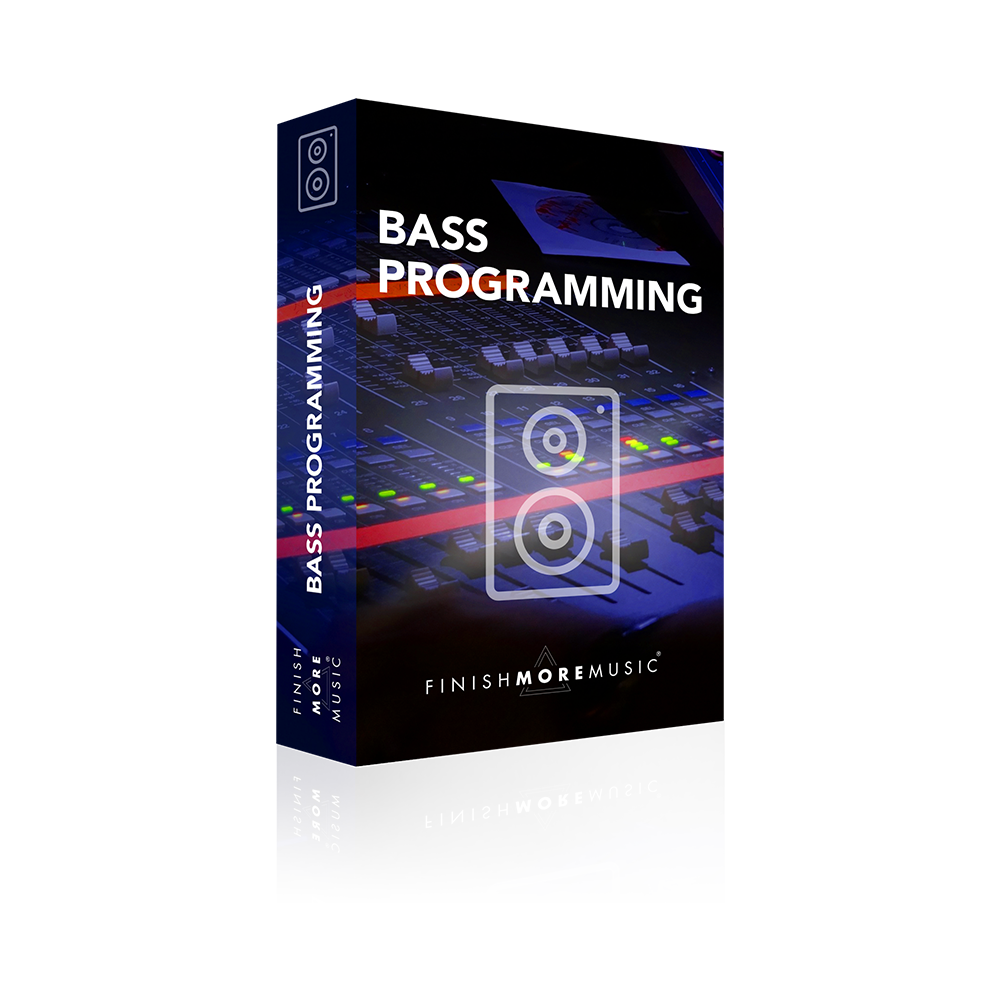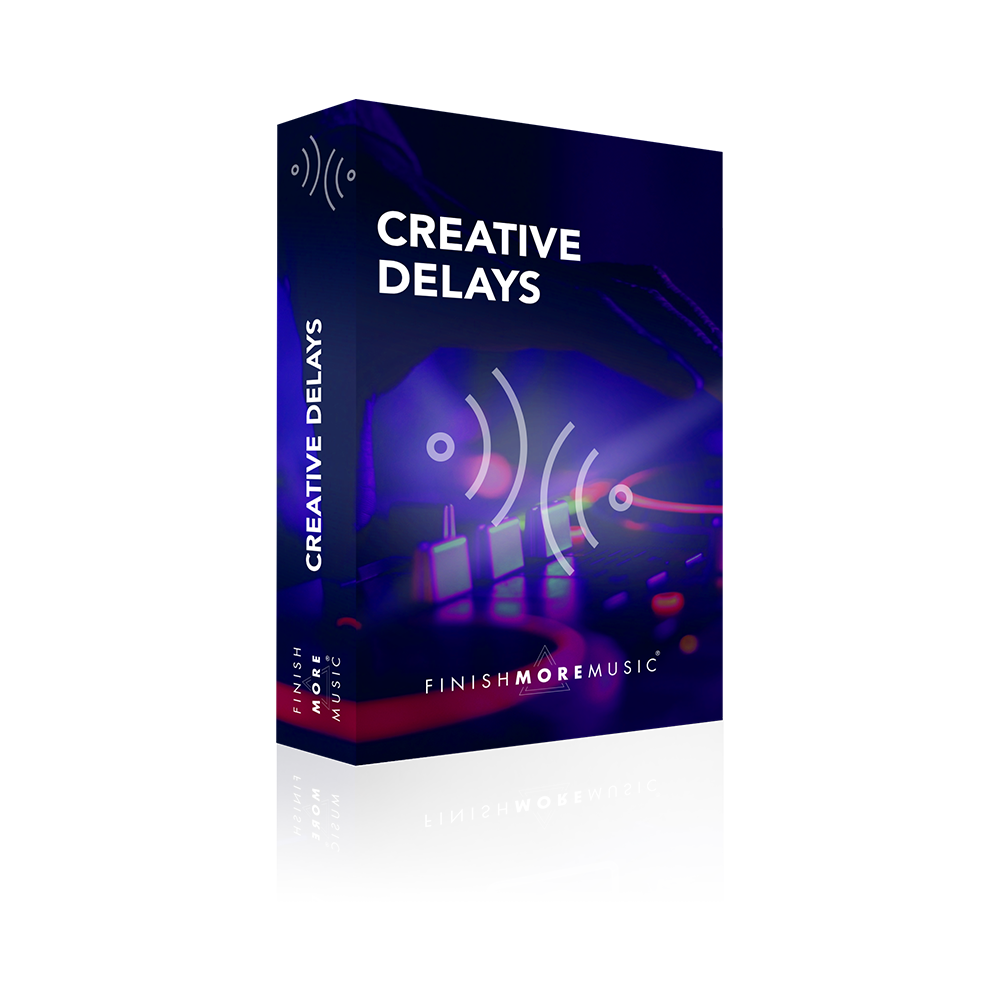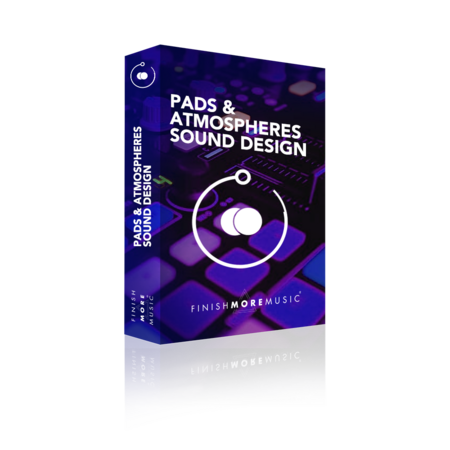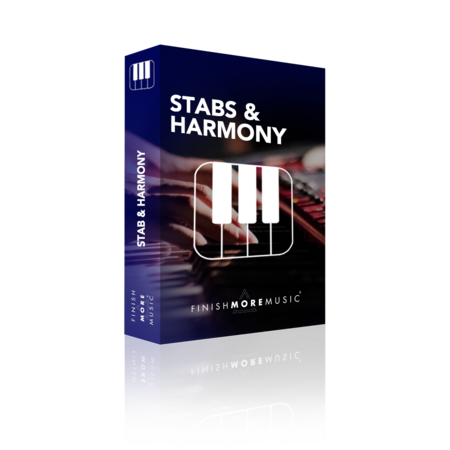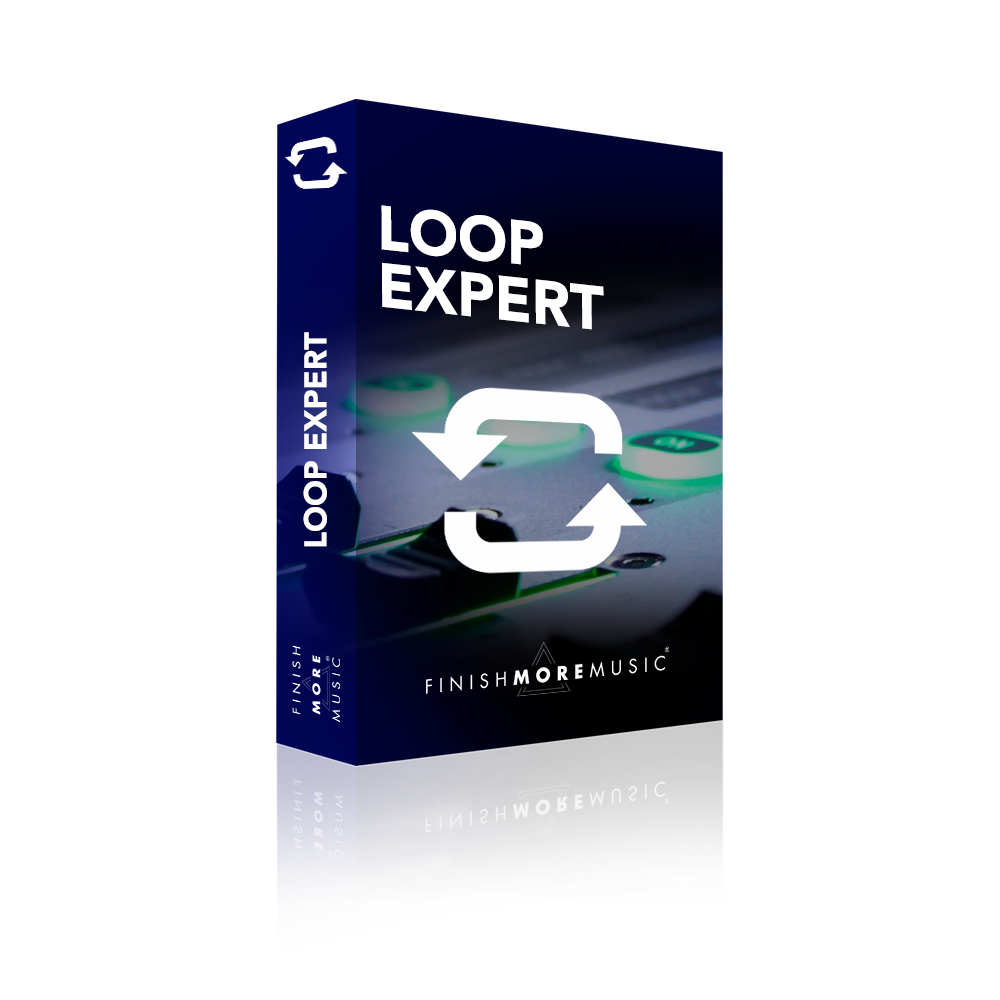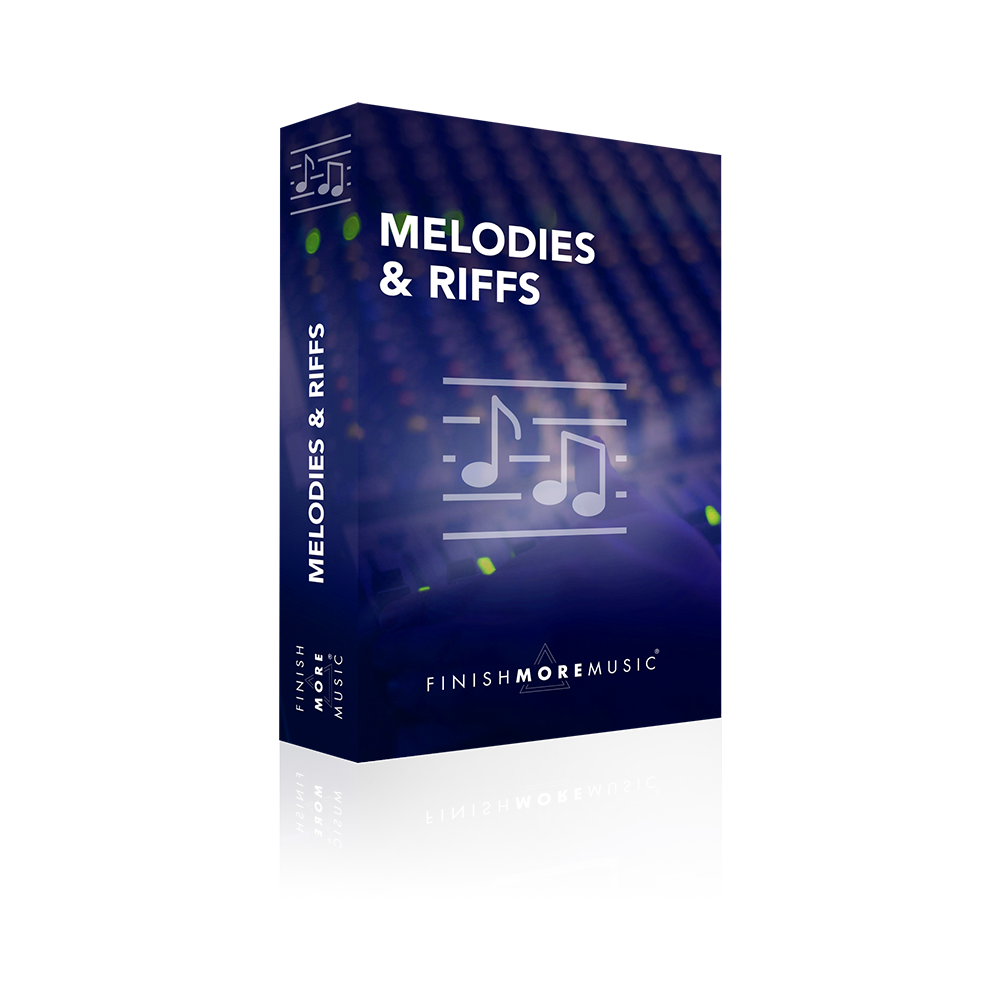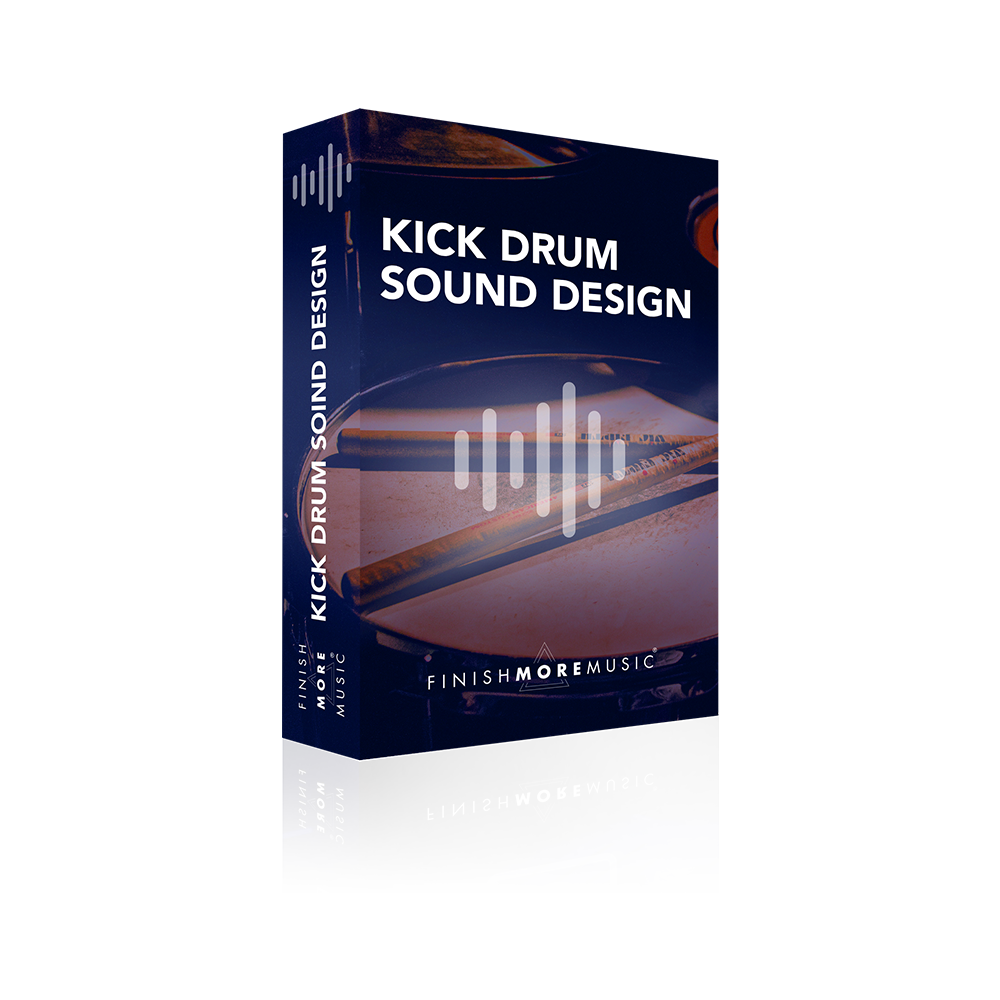Adding those little nuances and professional touches can elevate your music to the next level. In my experience, a lot of producers struggle in this area and quickly get lost in the process. In this tutorial, I demonstrate a quick and simple technique to turn a static bass sound into powerful FX stabs. A technique that is so easy it almost feels like cheating and is great for creating little riffs, SFX and other mesmerizing ear candy
Transcript
Okay so in this tutorial I’m gonna show you a technique that’s come from a member of the Finish More Music community Sarah aka eco-centric. Now she’s an amazing melodic house and techno producer who’s shared an absolute ton of awesome techniques in the community. But the reason I want to show you this technique is because it’s a kick-ass way of creating so many things – stab sounds, little riffs, incidental effects, vocal hits, literally it is a mega versatile technique and it’s also super fast. So in this tutorial, we’re going to focus on creating stab sounds. I’m gonna play a little bit of Sarah’s track Ode to 6th here. And you’re listening for the stabs that play every four bars. So focus in on this one.
So really cool sounds. Now Sarah’s provided me with a real breakdown of how this came about which is cool. So let’s get stuck in. First thing that happened was Sarah had a bass line underneath the track and she loved the sound. She loved the sequence but it was just too busy so it didn’t make the final cut. And this was the bass line. So she was thinking how can I still use this because I like so much about it. And that was when the idea to throw a multi-effects unit came on. So this particular one as you can see is called Tantra. You can get loads of these you can even sort of make stuff in your door but I much prefer the practicality of saying this ready to go out of the box. Off the top of my head I can think of audio damage they do one I think called big SEQ I think they’ve got something called doctor device aren’t called replicant. But what would be awesome is if you have like a favorite multi-effects kind of sequencing plug-in like this stick it in the comments underneath the video and then we’ll have an awesome resource for everyone to check out. So with this on, this is what we now get sound that you’re going to be familiar with after hearing Sarah’s track.
So from baseline to awesome stab. So all that’s going on here is this particular sequencer is dividing the audio that comes into it into 16 parts or 16 steps just like you would program your MIDI drums for example and then you can come in and determine which slice is going to play and what the volume is going to be. So in this case, we’ve got a half a bar from that whole bass line playing and then it goes through a bunch of effects. And this is actually super simple Sarah’s rolled off some of the subiness of the bass up to about a hundred Hertz. We got a little bit of drive. We’ve got delay as you can hear and then also right at the bottom of this plug-in, it’s not quite fitting on the screen. There’s a touch of reverb as well.
So once again we go from this bass line to this stab sound. And just as a quick way to show you how versatile it is, I grabbed a pad type sound and I’ve copied the exact settings from Tantra’s. Literally a duplicate the only difference is I’ve added a tiny slice at the end as well. And I’ve also gated this so it’s got a control that makes the audio a lot more choppy. So each of these slices instead of the full piece of audio are sort of slightly shorter, more gated version. So have a listen to how this sounds.
It’s just crazy easy. It’s ridiculous. Absolutely love it. So there is a final stage because even when you’ve got something cool like an effects unit going on, if the sound is too static it will become boring over time. So the final thing was Sarah came in and added a whole bunch of modulation and things to this so there’s all sorts going on the delays, the filter on the delays, this stuff going on with a reverb. All sorts of goodness. But have a listen to how it ends up so I’ll go with the non-automated version. She can hear the delay is cool but it’s very static and then have a listen to the one with a bunch of automation.
It can hear like a blast reverb at the front of it as well. So it’s a really really cool technique. And when it all comes together in the track, you’ll now be able to put it into perspective. So the first stab you hear is a different one made with a similar process. But it’s AB so every four bars we get the subtype of stab that we’ve just had made from this source material. But you can hear how having these playing off of each other and listen out for the modulation on the tails really helps to bring this track to life. So let’s play this tune again now that you know all of the stuff that’s going on behind the scenes.
Supercool! So wicked little technique. Really really fast and importantly it creates really interesting and unique stab sounds. And as I said this is equally at home on all manner of other material. If you feed an Arp into it for example, you’ll get interesting little riffs that get cut out of it. You can create special effects from Foley sounds, grab a vocal from online, it could be something to offer you tuber speech or an acapella. Use this kind of effect on that and you’ll get awesome little vocal hits throughout your tracks as well. So very much the world is your oyster have a crack at it and as I said in the comments let us know about any effects units you use or any cool techniques like this that you’d like to share. Take care and I’ll see you next time.
Thank you for watching
I really appreciate you tuning in and I hope you’re enjoying the tutorials and taking some real value into your music sessions.
If this video resonated with you and you feel it will have a positive impact on the people you know, please share it by using the social media buttons you see at the bottom of this page.
To make sure you are always the first to know when a new video lands: Subscribe to the FMM Youtube channel here.
Let me know how you get on with the techniques I showed in the videos and if you have any suggestions for future tutorials, ping me a message on Instagram (@IamKeithMills)

